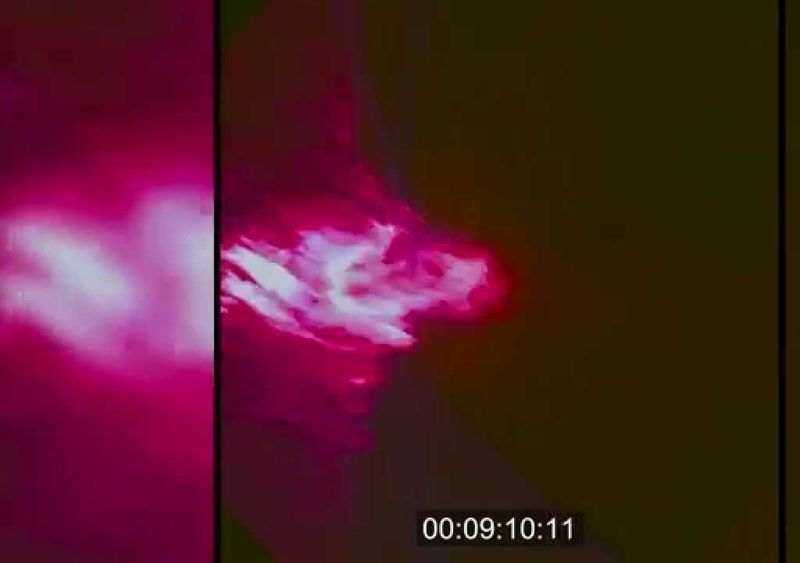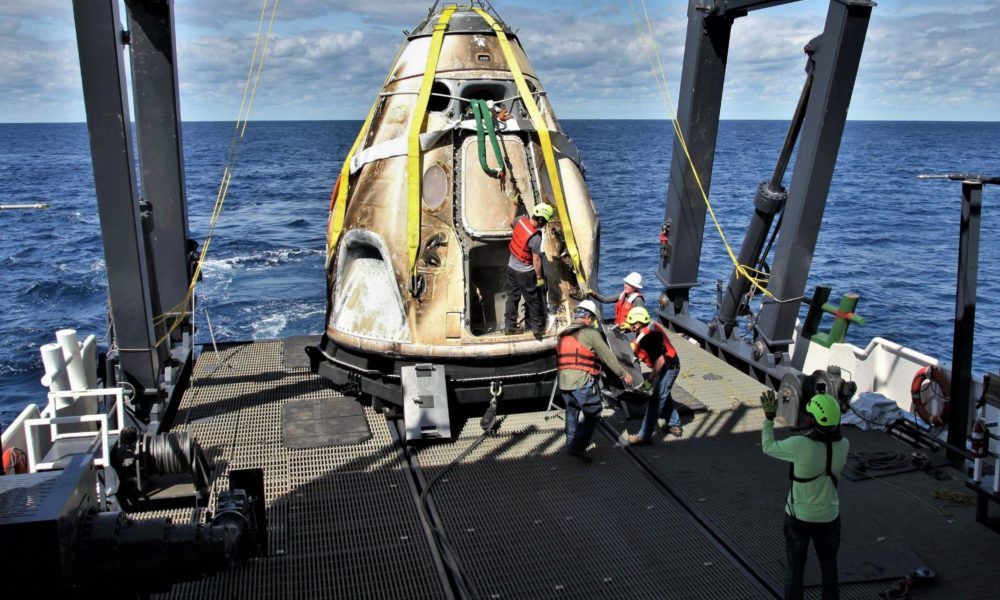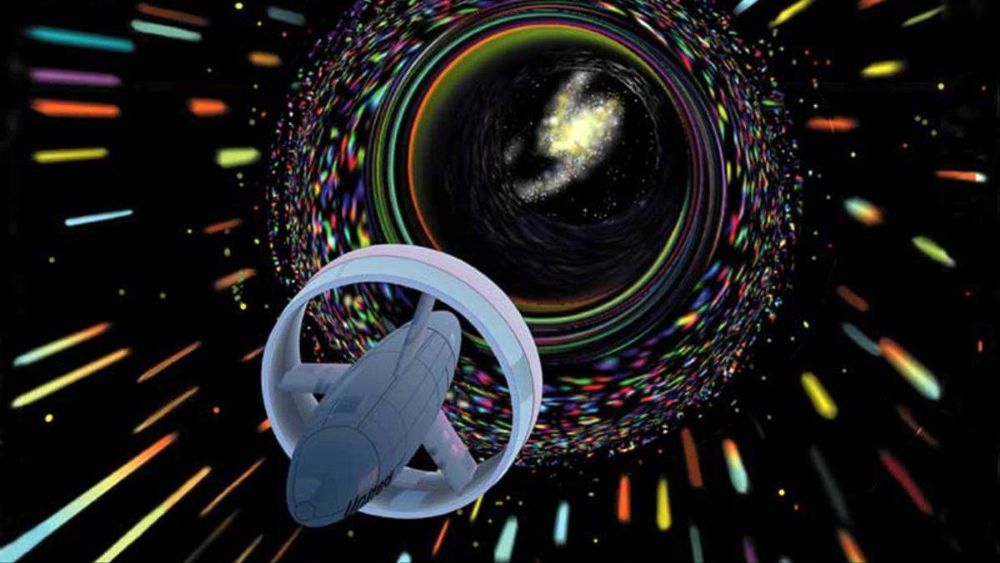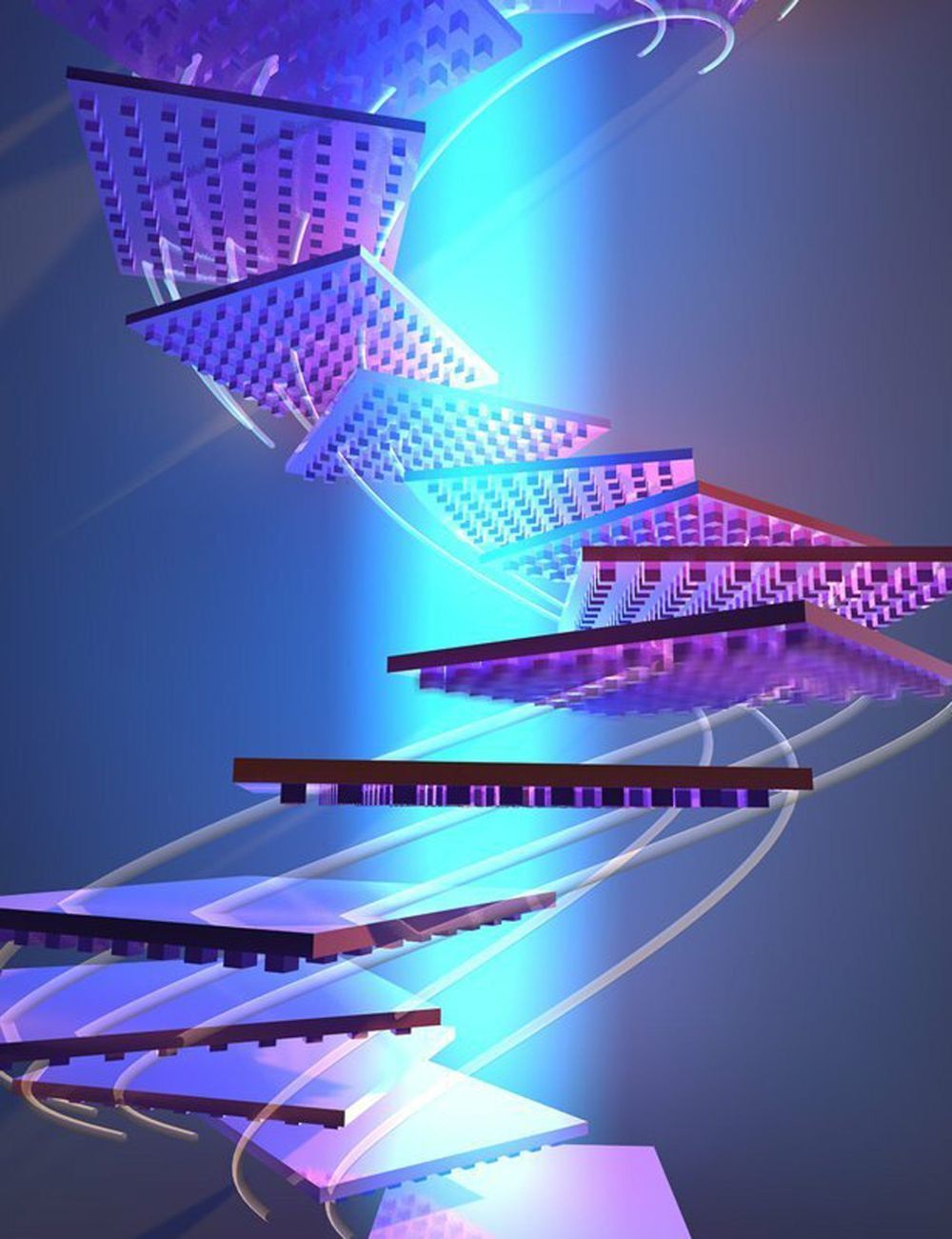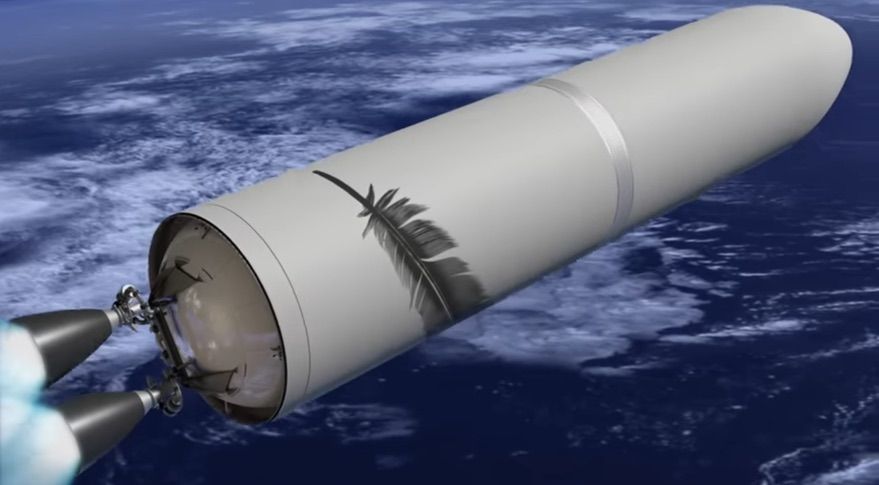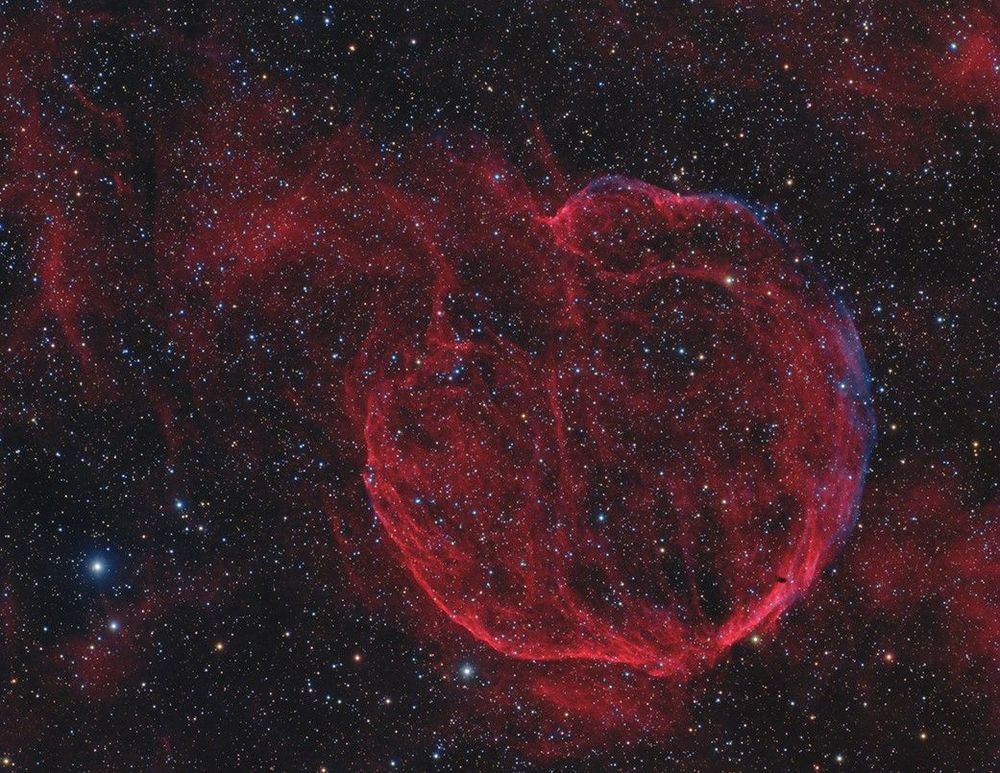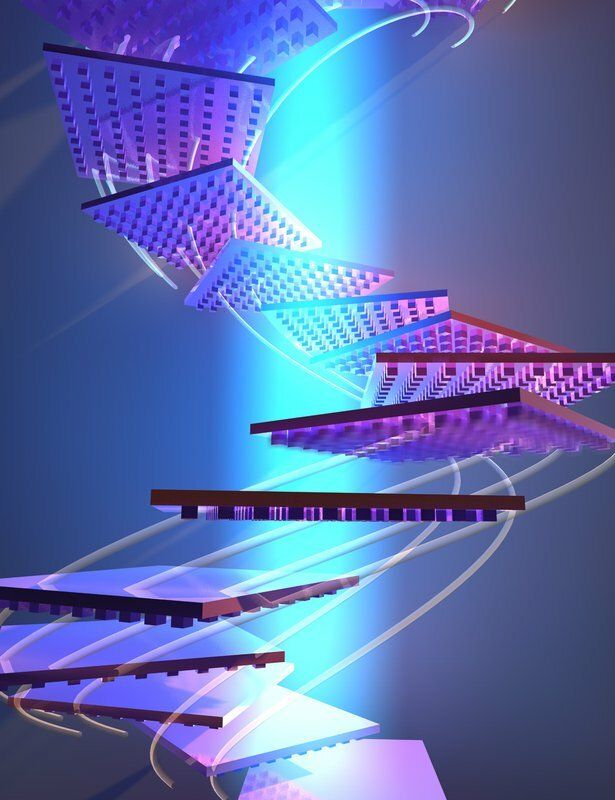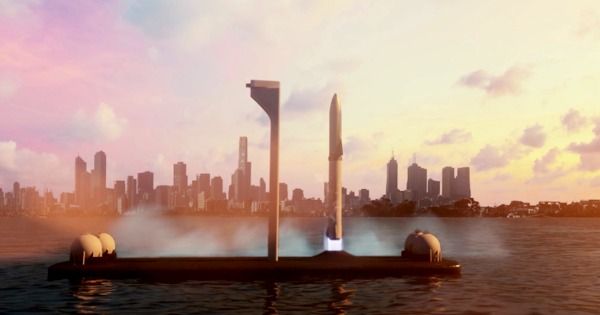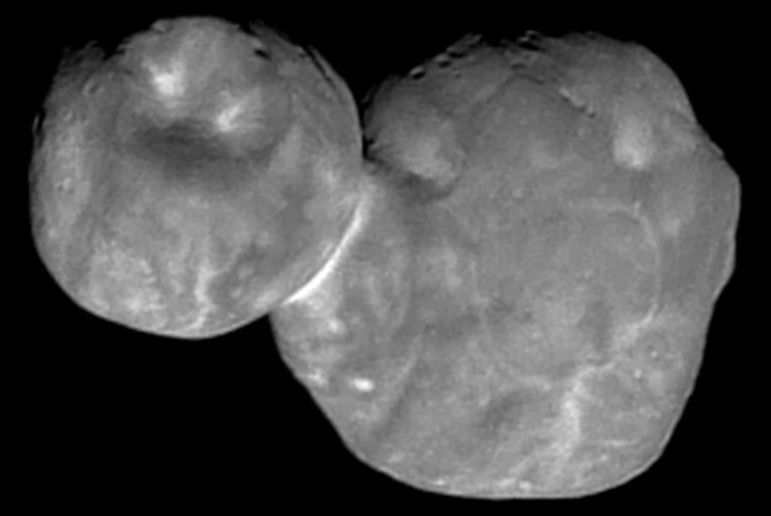SpaceX has silently published the first known detailed render of its new stainless steel Starship’s design on the cover of Popular Mechanic’s April 2019 issue, showing the next-generation orbital spacecraft reentering Earth’s atmosphere in a blaze of glowing metal and plasma.
Despite the fact that the render seems to only be available in print and then only through one particular news outlet, Teslarati has acquired a partial-resolution copy of the image to share the latest official glimpse of SpaceX’s Starship with those who lack the means, access, or interest to purchase a magazine. Matters of accessibility aside, SpaceX’s updated render offers a spectacular view of Starship’s exotic metallic heat shield in action, superheating the atmosphere around it to form a veil of plasma around the spacecraft’s hull. According to CEO Elon Musk, the hottest parts of Starship’s skin will be reinforced with hexagonal tiles of steel and transpiration cooling, a largely unproven technology that SpaceX is already in the process of testing.
